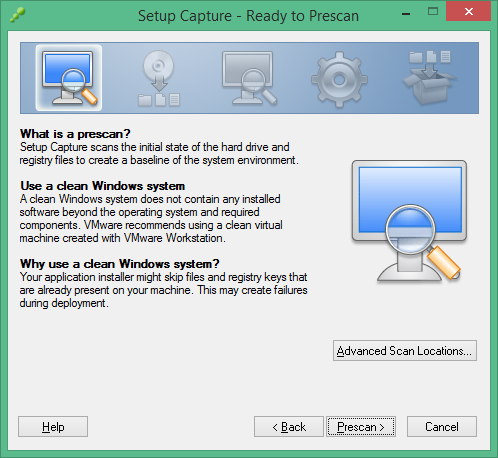


The guest OS for the ThinApp packager VM should be the lowest OS that you will be deploying ThinApps to. Note: If it's a physical machine you cannot revert to a clean snapshot and eventually your packager VM will become "dirty" after several application captures and may cause issues with later captures. In most corporate environments this will be a VM running on an ESXi server within their vSphere cluster, which I what I am doing here. This can be a physical machine or a virtual machine running under anything (e.g.

First you need to create a "ThinApp Packager" machine. Furthermore VMware Horizon View can integrate with ThinApp to assign ThinApp applications to virtual desktops.ġ. ThinApps can be stored locally on the desktop, made portable on a USB drive or stored on a network share. pdf can for example launch a virtualised ThinApp of Adobe Reader. It is also possible to package and run a legacy application from Windows XP on a Windows 7 desktop.įile type associations can be configured in the client OS as part of the ThinApp integration, such that opening a. This is achieved by virtualizing resources such as environment variables, files and the Windows registry. ThinApp is able to execute applications without them being installed in the operating system. VMware ThinApp is an agentless application virtualisation. Much like I did for ThinApp 4, I'm going to create a simple kick start how to series covering how to install ThinApp and capture some applications. VMware ThinApp 5 - Part 1 - Installing ThinApp 5


 0 kommentar(er)
0 kommentar(er)
